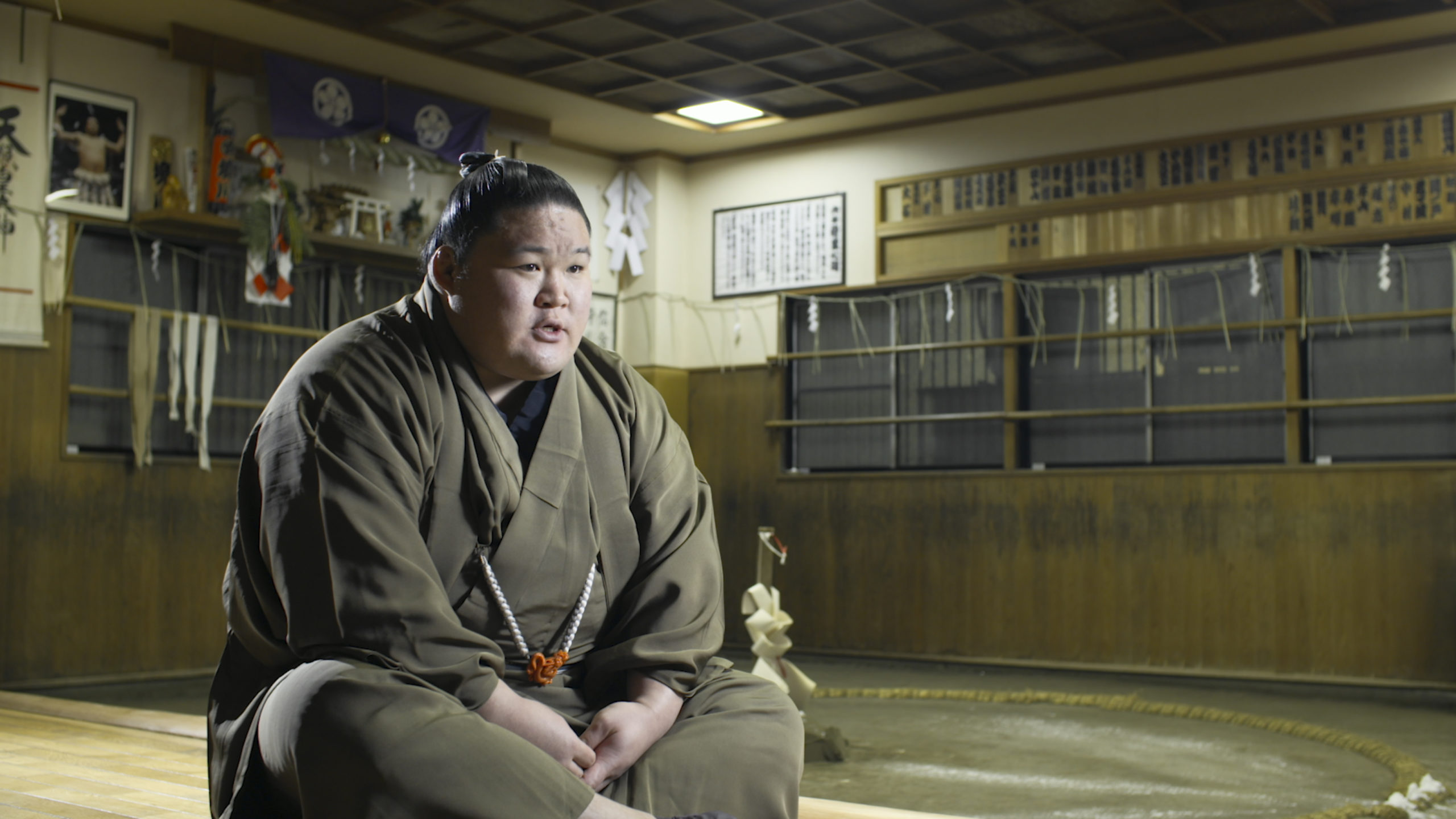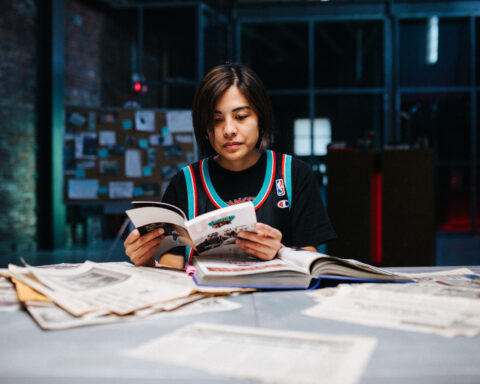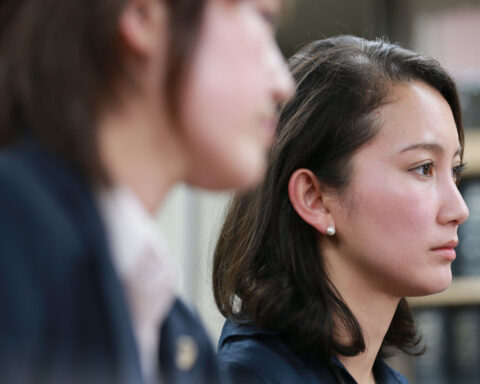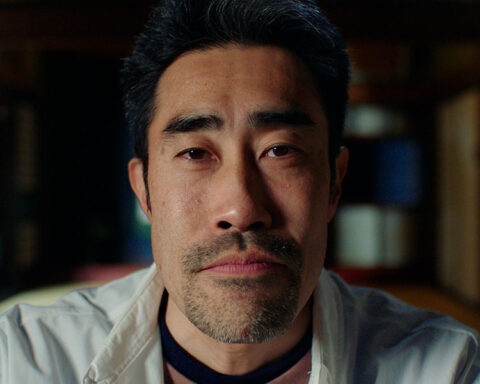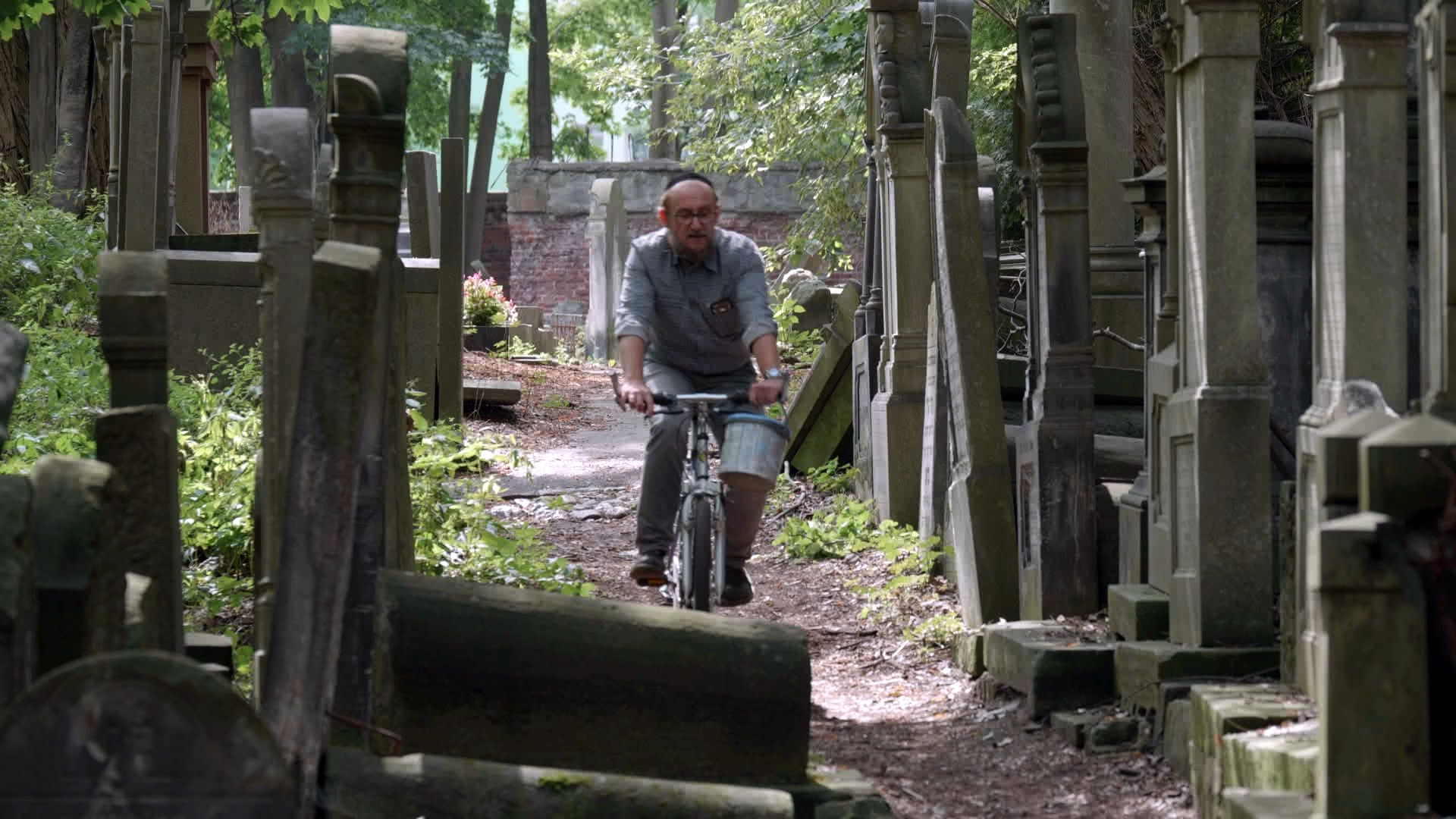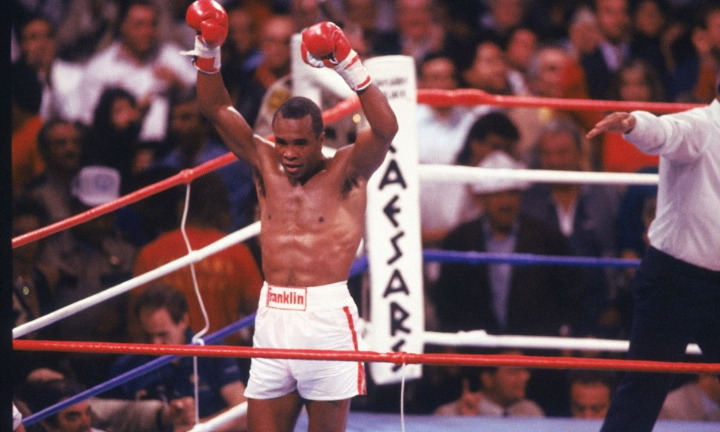If you have never felt your chest vibrate with the booming cheers that erupt in a Japanese arena during a sumo match, this doc could be the next closest thing. Sumodo – Successors of Samurai, which has its Canadian premiere at the Toronto Japanese Film Festival, immerses you in the energy of the fight and demystifies Japan’s national sport.
Director Eiji Sakata follows the lives and work of a handful of rikishi (sumo wrestlers), oyakata (their coaches), and the rikishi’s wives in a film that reveals the blood, sweat, and tears that go into this athletic art form. While many Westerners’ limited knowledge of sumo reduce it to a caricature, this doc respects the practice and educates an audience on its complexity.
The film spends as much time in the arena as it does in training, deconstructing the work it takes to do something that looks deceptively simple–one bulky man muscling another out of a circle. It also goes into the long history of the fighting tradition that was once used as battle training for samurai. The men recite the “Principles of the Sakaigawa Stable” during practice, demonstrating that the foundations of the long-honoured tradition are beyond the physical.
Sumo is bigger than ever before, in many ways. The audiences are huge. The doc introduces each man by their weight. In the kitchen of a Korean barbecue restaurant on the eve of an important tournament, the cook tells the camera he’s served 140 bowls of rice, with 70 to come. Sakata, pictured on camera, watches as the receipt spills out of the register and nearly touches the ground. It comes out to over ¥800,000 yen (nearly $9,000 CAD) for 36 people.
The only thing higher than that exorbitant bill are the physical stakes of participating in such an intense combat sport. “Everyday is a traffic accident,” quips a rikishi named Myogiryu Yasanuri. At a pivotal point in the film, the famous fighter Sadanoumi Takashi’s head is split open from a particularly strong headbutt. Blood drips on the arena floor like sweat. The players have to endure gruelling rounds of physiotherapy.
While the content is hard-hitting, Sakata has a gentle directorial touch on the film. There is no music, and the closest thing to a soundtrack is the sound of shuffling feet punctuated with grunts. The structure of the doc naturally mimics the lead up to a high-stakes tournament, focusing on a few wrestlers in particular. One of them, Ryūden Gōshi, has his wedding day nearly overlap with the day of the big match—-and wins.
It is notoriously challenging to get permission to film in the arenas, and the Japan Sumo Association has even banned athletes from posting on social media. in the past. Some of the most interesting moments, then, are the verité scenes that reveal the day to day lives of the rikishi. One segment tours the crowded house where they room together. While the film meanders at nearly two hours long, the biggest accomplishment of Sumodo is its inside access to a fascinating practice that is difficult to document.




